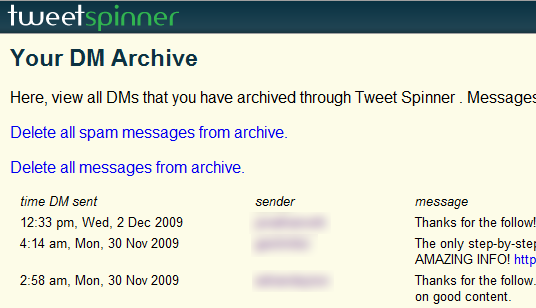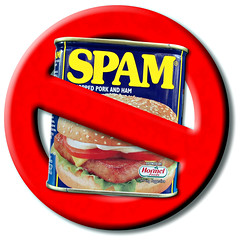This is a guest post by Jay Baer.
Brands have rushed to provide value (optimally) or promotions (typically) on every new communication platform, all of which are increasingly accessed through mobile devices, making customers’ relationships with brands solely a collection of micro-experiences. This is the “appification” of brand value.
For decades, the key question has been “how valuable is the brand?” The key question moving forward is “how valuable are your apps?” Apple, of course, started this trend with the introduction of the first iPhone, but distilling entire companies down to a collection of utilities is now pervasive, and that is where the vast majority of technology and marketing development is headed. When fully implemented, this atomization of brand value will make the web far less valuable than it is today, and will make real-time relevancy via Youtility the primary battleground for all companies.
George Colony, chief executive officer of Forrester Research, has been sounding this alarm for years. He calls the trend the “App Internet” and believes it will usher in a new breed of corporate winners and losers in every category: “As the Web becomes the AM radio of digital, the mobile App Internet will rise. “It doesn’t matter what you sell—insurance, pills, cars, energy, bonds—you’ll be reaching many of your customers through these ecosystems in the future.”

Mobile research and commerce lifestyle is more ubiquitous among today’s younger consumers. The Social Habit research found that more than 41 percent of twenty four- to thirty-five-year-old American social media users with a smartphone purchase products directly from that device at least monthly, 7 compared to 16 percent of forty-five- to fifty four- year-olds who also use social media and don’t own a smartphone. Today’s younger consumers aren’t just researching and buying via mobile either. The app-ification of brands is actually more persuasive to this generation than other forms of marketing. In an amazing 2012 study, SymphonyIRI found that Americans in the Millennial generation are almost four times more likely than American consumers overall to have their purchases influenced by smartphone applications.
The impact of these apps on their purchase decisions is greater than recommendations from blogs and social media, and from manufacturers’ websites or e-mail. Within a generation every customer and prospective customer of every company in every developed nation will have never known a world without the ability to access information at any time through a mobile device.
When using a mobile device, customers and prospective customers are often sending a steady stream of information about what they might need. Tapping into a consumer’s location and then providing geography specific usefulness is the most common way companies can be helpful in a mobile context. Many of our most used applications— like Google Maps—rely on it. Each time Google Maps prompts you to get driving directions from “your current location,” Google is polling your mobile device and using geolocation to create usefulness. We may not always perceive it, but this is a massive advance over the previous generation of way-finding that required you to know your current position to plan a route.
So how can today’s marketers respond to the drive towards mobile marketing? By being a Youtility. Not “utility,” because a utility is a faceless commodity. Youtility is marketing upside down. Instead of marketing that’s needed by companies, Youtility is marketing that’s wanted by customers. Youtility is massively useful information, provided for free, that creates long-term trust and kinship between your company and your customers. To be a Youtility in today’s marketplace, you need to reach customers where they are: on their mobile devices.
There are three ways to provide real-time Youtility with intrinsic value. The first is to be useful based on the customer’s location. The second is to be useful based on the customer’s situation. The last is to be useful based on seasonality or external factors. In nearly every case, appification and providing value via mobile is the easiest path.
Are you ready to create Youtility?
Excerpted from the New York Times best sellerYoutility: Why Smart Marketing is About Help not Hype by Jay Baer. See YoutilityBook.com for other resources.
Youtility Excerpt:
Youtility Trailer:
Jay Baer is a hype-free social media and content strategist & speaker, and author of the New York Times best selling business bookYoutility: Why Smart Marketing is About Help not Hype. Jay is the founder of http://convinceandconvert.com and host of the Social Pros podcast.





Thanks for the opportunity Tamar!
Thanks for doing it, Jay. More promotion will come later… it’s been a busy busy day!
I am providing Youtility through responsive web design and useful content.